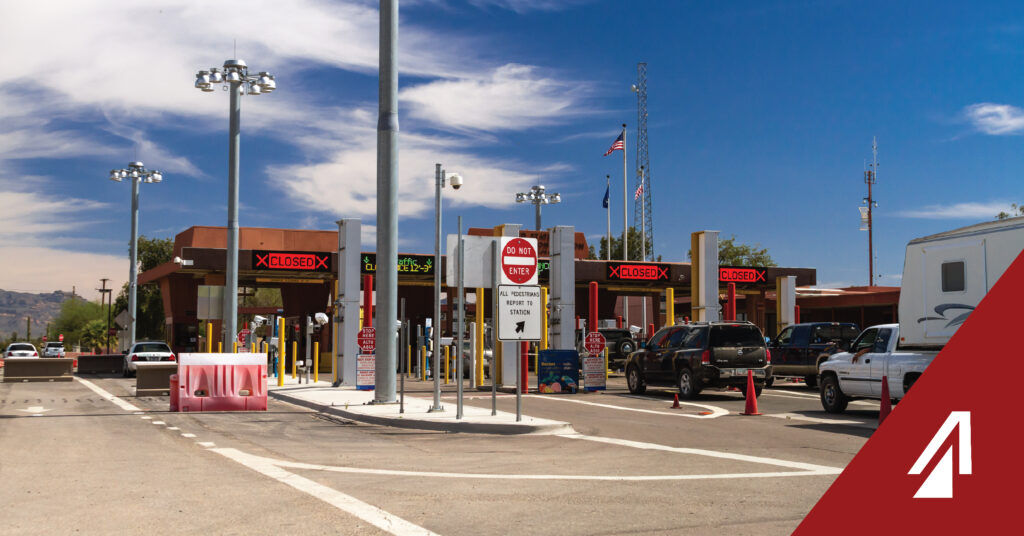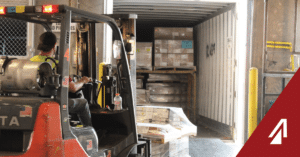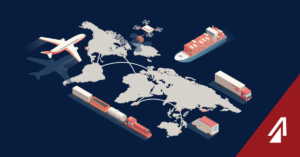In September 2023, the Servicio de Administración Tributaria (SAT) in Mexico released Carta Porte version 3.0 to enhance supply chain transparency. The government also initiated a period of coexistence with the older version (2.0) that ended on March 31, 2024. Failure to comply with these new regulations could lead to monetary fines, issues with customs clearance, potential seizure of cargo, and shipping delays. Is your cross-border freight in compliance with Carta Porte version 3.0?
What is Carta Porte?
Cross-border freight and cargo transported in Mexico require a bill of lading called Carta Porte and its complement called Complemento Carta Porte (CCP), which must be added to the Digitalized Tax Receipts (CFDI). The SAT strategically designed the Carta Porte directive, initiated with full enforcement on January 1, 2022, to combat smuggling and lost tax revenue concerns within the Mexican logistics market. It allows for better tracking of cargo moving within the country, streamlined customs and audit processes, and mitigates fraudulent activities.
Carta Porte requires detailed shipping information from each member of the supply chain for all modes of transportation within Mexican territory. Carta Porte is required for every shipment, while the Complemento Carta Porte requirements apply to loaded and revenue empty shipments with an origin or destination within Mexico via all modes of transportation, including truck, rail, vessel, and airline.
Details Required by Carta Porte
As directed by Carta Porte, the required information includes details about the goods, intended routes, and vehicles used, among other things. Carriers must provide the necessary information that allows the SAT to identify the origin and destination of cargo and verify the type, mode of transportation, and legal possession of goods. This information also helps prove that the shipper authorizes a carrier to provide transportation services.
This obligation outlined by Mexican Customs Law is required to be submitted by:
- Owners of goods who transport their cargo in Mexico
- Providers of freight transportation and
- Transportation providers responsible for logistics services in Mexico using their own equipment.
A Look at CCP Version 3.0
Complemento Carte Porta version 3.0 involves stricter enforcement and enhanced regulations of the original bill of lading requirements. It replaces the Pedimento Section with several fields to identify the type, Tax ID of the importer, and ID of the custom document.
The information provided in the Complemento Carta Porte and the folio number, commonly called “UUID,”are needed to create the Documento de Operacion par Despacho Aduanero (DODA), which is a requirement used in the Mexican customs clearance process.
Given its significance and the penalties for non-compliance, adhering to the CCP requirements is crucial for companies transporting goods into Mexico and across federal territory. It is recommended that US importers and exporters contact their Mexican clients and partners to stay fully informed of the legal, tax, and customs implications of their shipments.
Choosing the “Right” Provider
Additional cost considerations need to be made when choosing the “right” transportation or logistics provider. A low-cost carrier unable to meet the technology, visibility, or reporting requirements necessary to pass customs in Mexico will ultimately cost a shipper significantly more in potential process delays and fines. It is also essential to ensure that your chosen provider has the staff and resources required to manage the increase in data needed to ship to and from Mexico.
These requirements emphasize the critical aspect of taking a holistic approach to transportation management, evaluating the overall spend of a shipment rather than just the cost of an individual truckload, cargo container, or airplane. Logistics providers, carriers, or 3PLS (like ProTrans) offer the necessary resources to meet these strict standards and ensure compliance.
We offer in-depth, practical knowledge of the new requirements of Carta Porte version 3.0, the technology to capture the necessary data and adapt bills of lading with the required supplement, and the visibility and reporting needed to follow a shipment door-to-door.
Contact the ProTrans team today for expert guidance in navigating these regulations. With over 30 years of experience in Mexico, our supply chain experts can assist you in understanding regulatory updates and the necessary billing processes for preparing your cross-border freight.



